Context:
Mōwa was designed in the course of Innovation Studio, of the Product-Service System Design Master’s degree of Politecnico di Milano. This course aims to instigate students to create innovative products for the near future. Our challenge was to design artifacts and environments for the future university, more precisely, the high education of 15 years from now.
In 2037, we believe educational spaces will be highly interactive, and collaboration will reach its climax due to the predominance of project-based learning. In fact, the learning curricula are already changing in this direction. From solely fostering knowledge acquisition, curricula have been shifted toward an idea of participation. There are also trends indicating that learning and working spaces will eventually merge, due to lifelong learning needs, caused by the high speed of tech development and the increase in life expectancy.
In this scenario, the evolution of spaces must mutate accordingly. Collaborative coworking spaces will require constant adaptation to accommodate interactive academic activities while embracing the workplace and the needs of students that will, in the majority, have to conciliate study with work.
Problem:
In fact, practice-based activities are increasing in the overall yield of academic curricula along with the demand for collaboration in the job industry which has more than doubled over the last decade. However, the amount of available space per single employee/student is decreasing rapidly in offices, leading to overcrowded interiors, which ultimately cause significant concerns both in academia and industry. Consequently, these spaces will be characterized by many visual and acoustic external stimuli, changing the privacy and personal space perception.
In addition, what resembled collaboration backfired. A recent study shows that open-space offices have reduced meaningful interactions between people by 70%, endangering the benefits enabled by collaboration. Extreme open offices also do not consider that many people perform their best without others around constantly. Evidence of that is the bandwagon effect, also known as the groupthink phenomenon. It consists of people feeling pressured to go along with others, fearing being isolated to build a personal, and maybe different, point of view on the project.
The harder people work collaboratively, the more they need some alone time. Data shows that more than 80% of highly disengaged employees’ performance correlates to environments that don’t allow people to concentrate easily and work in teams without interruption. The connectivity revolution led us to an information overload. Most students and workers are experiencing anxiety due to the amount of information they’re expected to deal with daily. Furthermore, multitasking has become more common, and the pressure to be always available has led people to burn out. The dimensions of what impacts well-being are intrinsically connected to our relationships, communities, and environments around us.
Successful collaboration requires giving colleagues easy access to each other, but at the same time, it requires giving each individual the time and the right places to focus and recharge.
If the predictions are correct, the foremost need of students and workers in 2037 will have a place that allows them to shift from individual to group work comfortably.
Research indicates that enabling individuals to achieve a privacy sense could limit the toxic side of collaboration, representing a major component of the well-being of people living in collaborative spaces. Privacy is a deep and complex concept depending on individual, societal and cultural factors. However, giving control over information released and stimuli received generally enhances an individual’s sense of privacy. The opportunity we forecast is to give people power over the acoustic, visual, and territorial stimuli they are exposed to.
Concept:
We envisioned a product-service system that enables students to easily shift from group activities to individual moments. Our goal is to give control to students and workers over the environmental stimulus affecting them.
Aiming to do that, we appropriated the biological concept of selective permeability, which is a natural mechanism of our cells’ membrane that balances the number of chemicals allowed in and out. Our product is like this membrane. It regulates and responds accordingly to shield you from unwanted stimuli.
We start with acoustic privacy. Through sound mask technology, the user can control how much noise is allowed in their space. In other words, our device releases a masking noise that overlaps the background noise, creating a neutral acoustic space for people to focus.
Moving to visual privacy, through light, we enable the user to signal to others if they may or may not be interrupted, therefore reducing some of the most frequent sight-induced stimuli: interruptions. Finally, we achieve territorial privacy by giving control of a determined space that can be customizable to the user’s needs. In this sense, the user has the autonomy to regulate their designated area to be as private as they need it to be.
Selective permeability is such an essential mechanism in our bodies because it allows adaptability: the quality of adjusting to different conditions and environments. In this sense, we want our users to be able to adapt our product according to their needs for individual or group work.
Product:
Therefore, Mōwa is an adjustable device that creates a quiet zone to concentrate while studying in crowded places. Through sound mask technology, Mōwa helps students and employees set a space to focus, regardless of the background noises.
Designed to enable users to shift between collaborative and individual work, Mōwa’s height can be adjusted to cover one single user or a group of up to four people. The key features of Mōwa are customizable types of noise and light, adjustable noise coverage radius, and private/group setting.
APP
Mōwa’s application has been designed as a support for the main product. The user can sign up and book one device in their working spaces. By scanning the QR Code displayed on each device, they can pair their phones to control and customize the whole experience by changing the type of noise, height, and light. The app also collects usage data to increase space efficiency.
Service:
Mōwa is attached to a business-to-business and a business-to-consumer service.
Business-to-business:
Our service was designed to rent Mōwa’s device to companies and educational institutions. It also provides the technical analysis, the installment, and maintenance required. But most important, it takes care of the layout of the space according to the organization’s needs. Thanks to our app, we can monitor which rooms have a higher demand and which are being underused, giving our clients the information needed to request more efficient space reconfigurations whenever they need them.
Business-to-consumer:
Mōwa enables students or employees through an app to book a device over a period of time and control it either using presets or guiding the customization of the device features to their personal needs.
Secondary service:
Our service also ensures a sustainable life cycle of our product: by reusing plywood from demolished buildings, facilitating the maintenance of the devices – thus reducing the number of resources used – and recycling the product or its replaced parts at the end of their life.
Conclusion:
Mōwa product-service system was designed to support healthy collaboration in coworking spaces, whether academic or professional. It can potentially positively change many working dynamics and interactions, embracing the best part of open offices and avoiding its worst consequences. All its benefits are helpful to the current coworking spaces, and its relevance will only increase as time goes by.
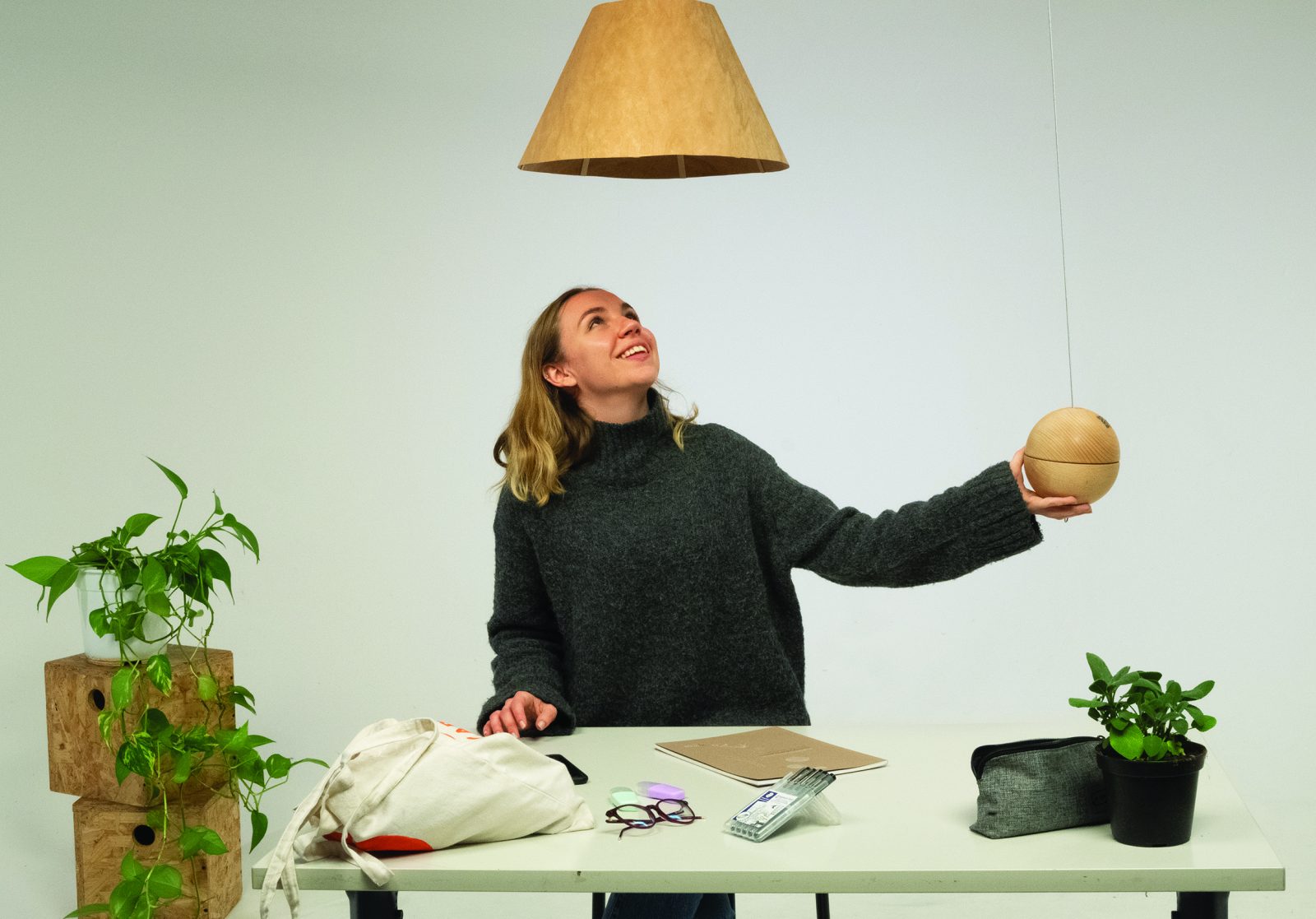
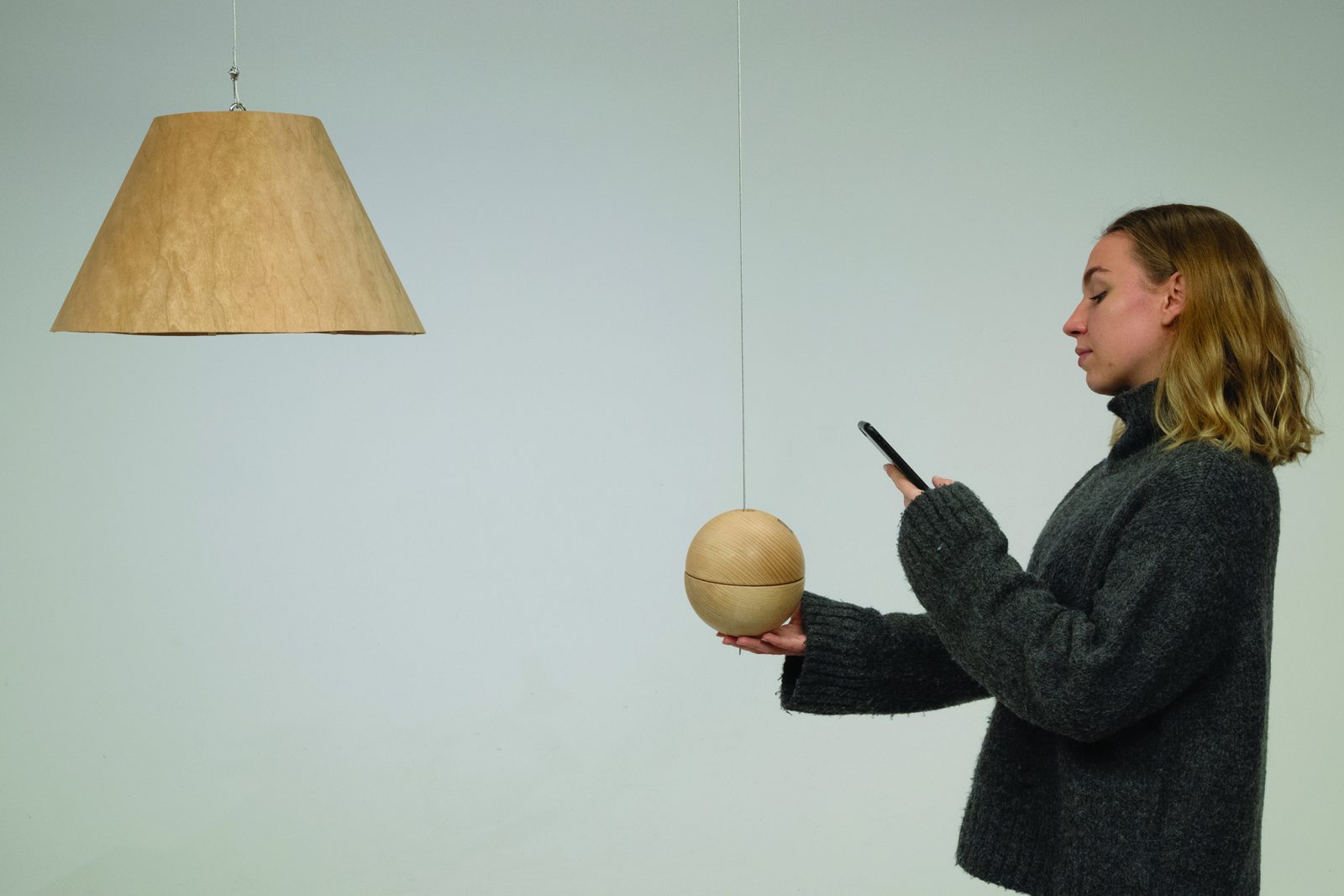
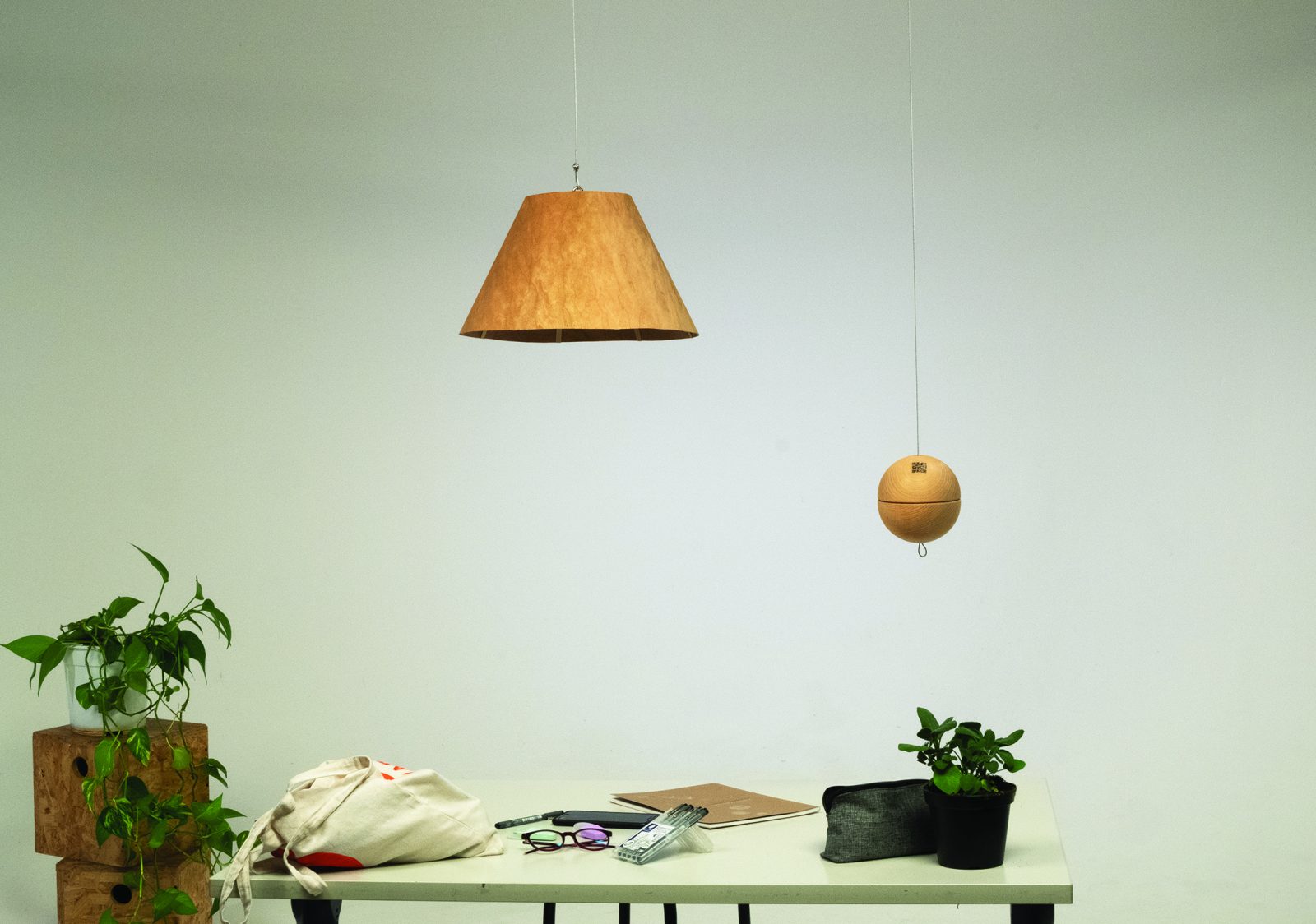
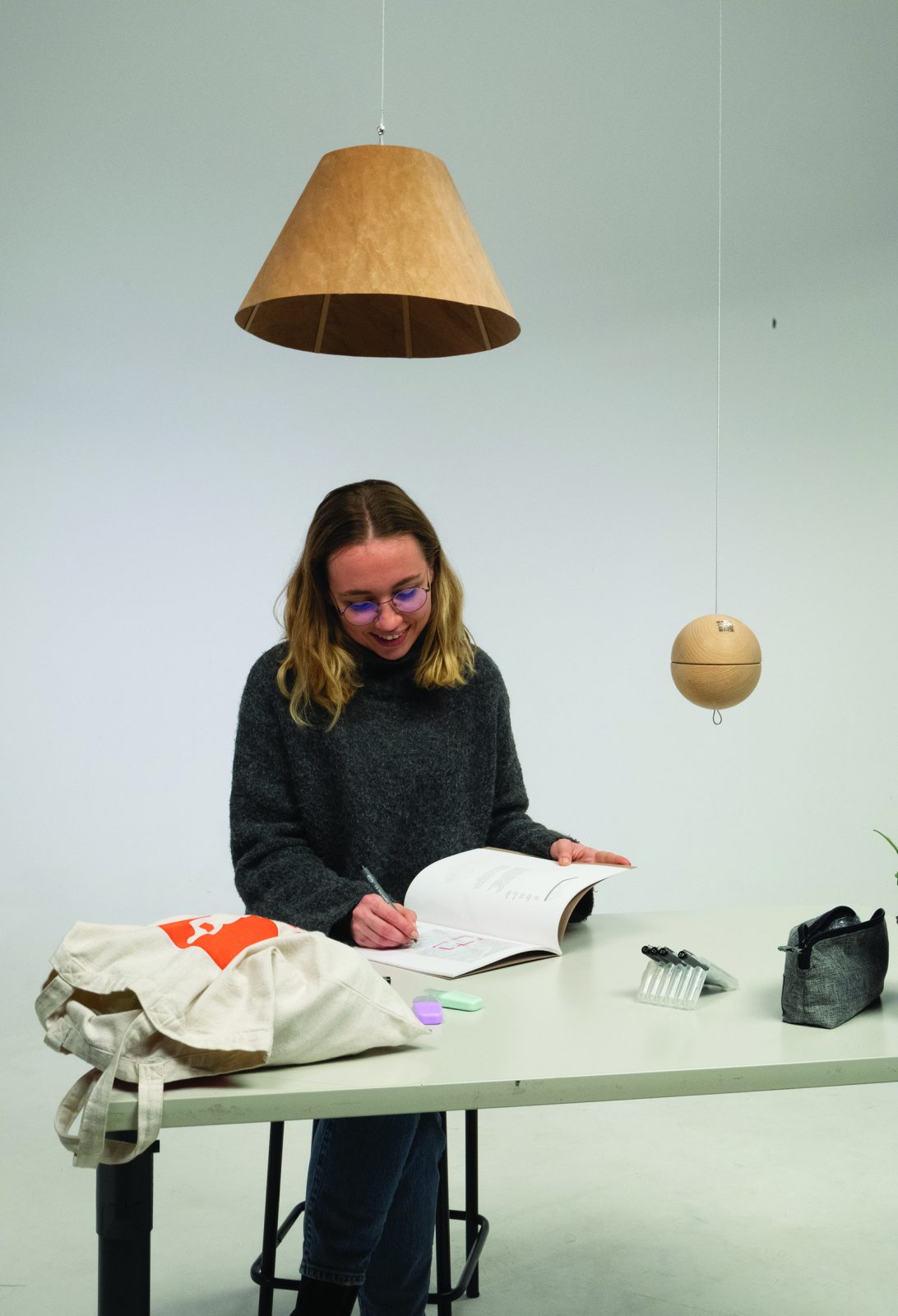
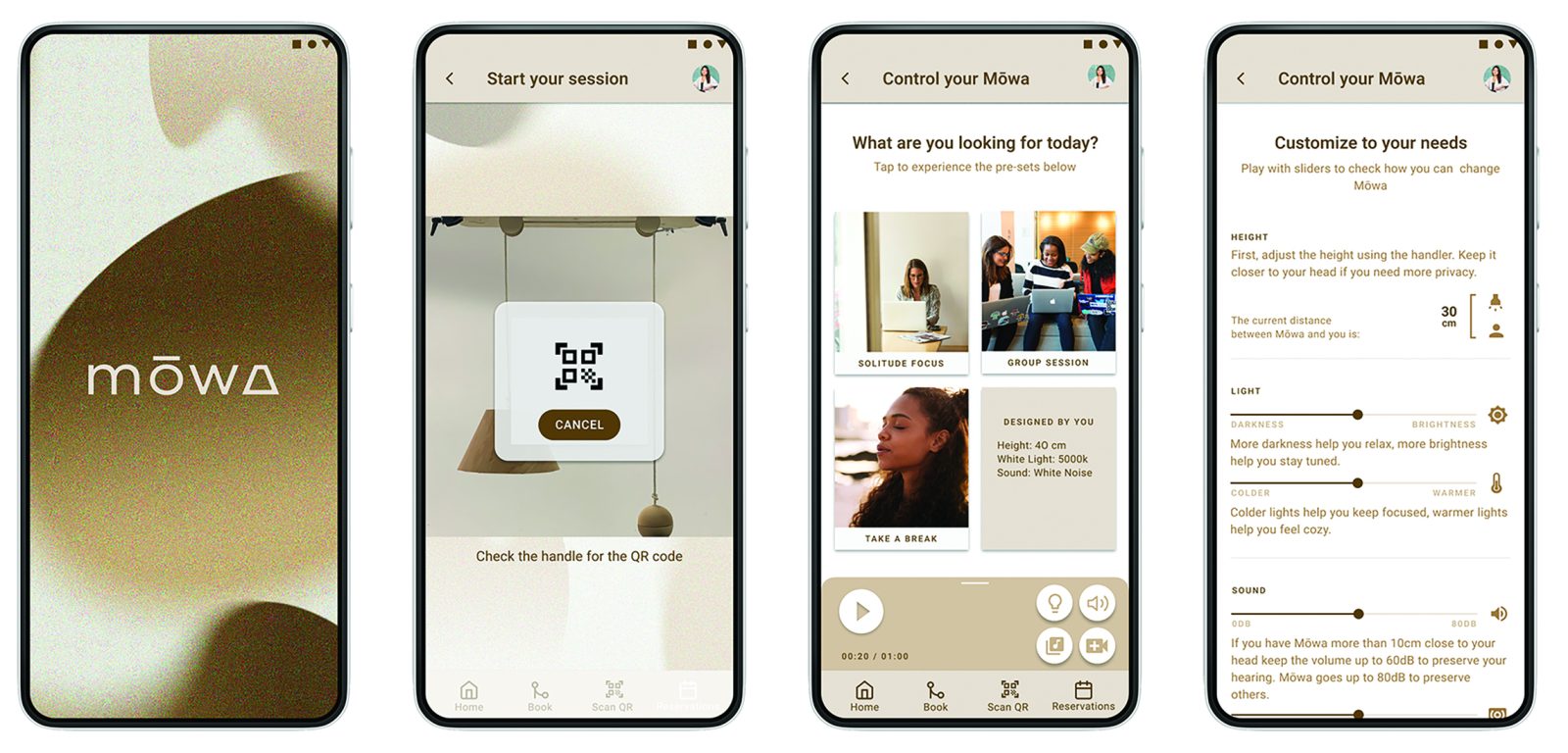
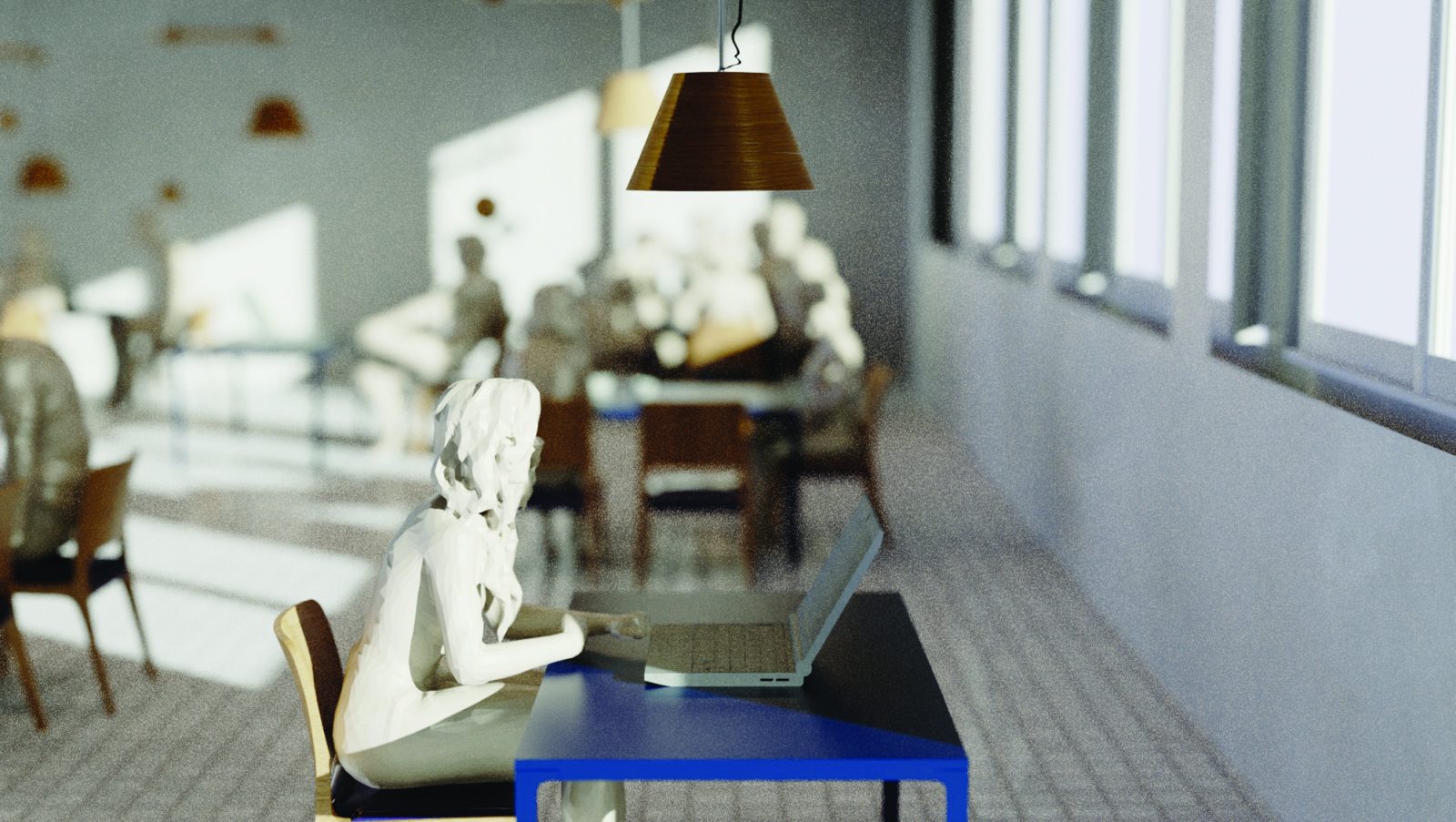
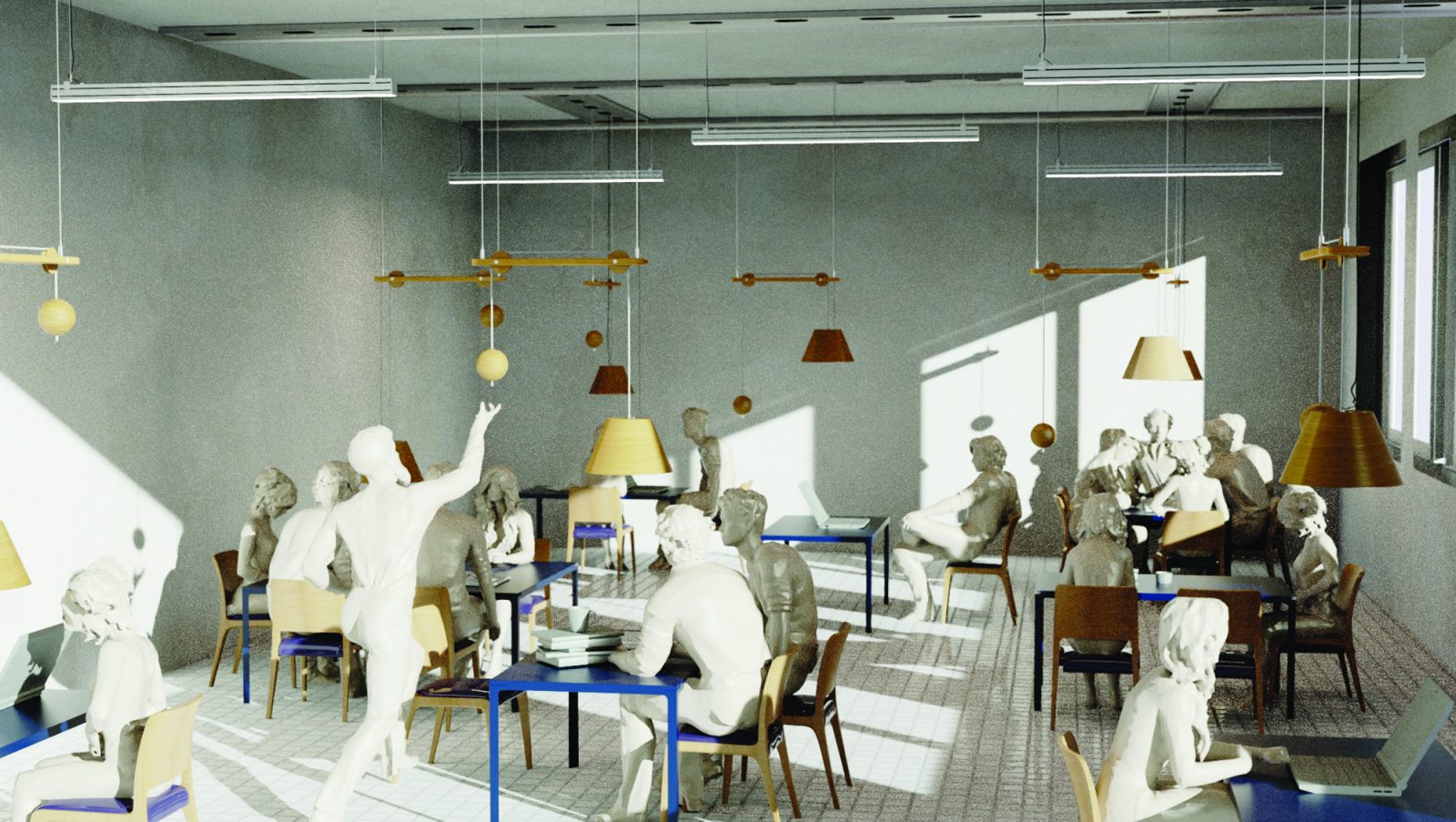
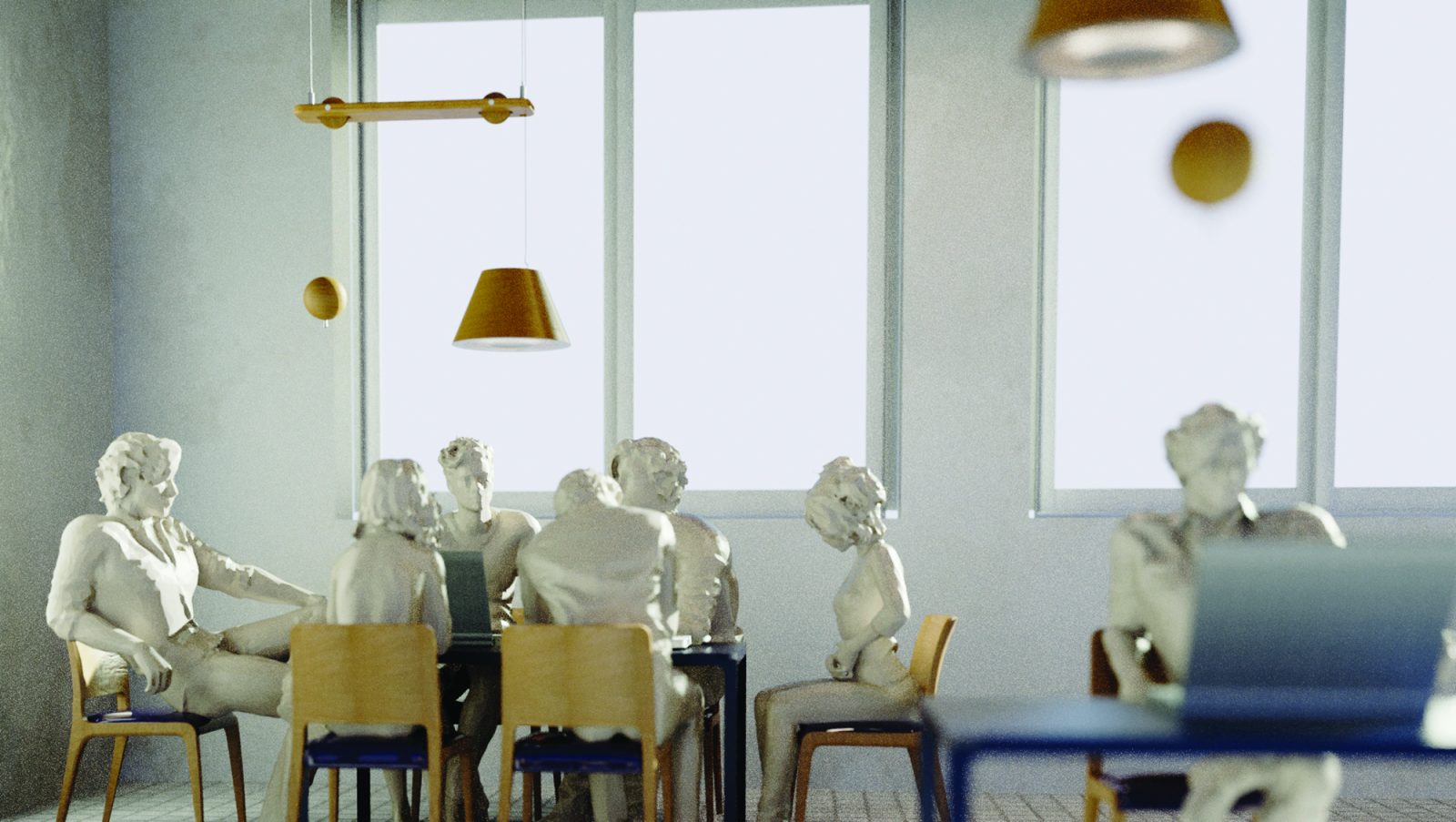

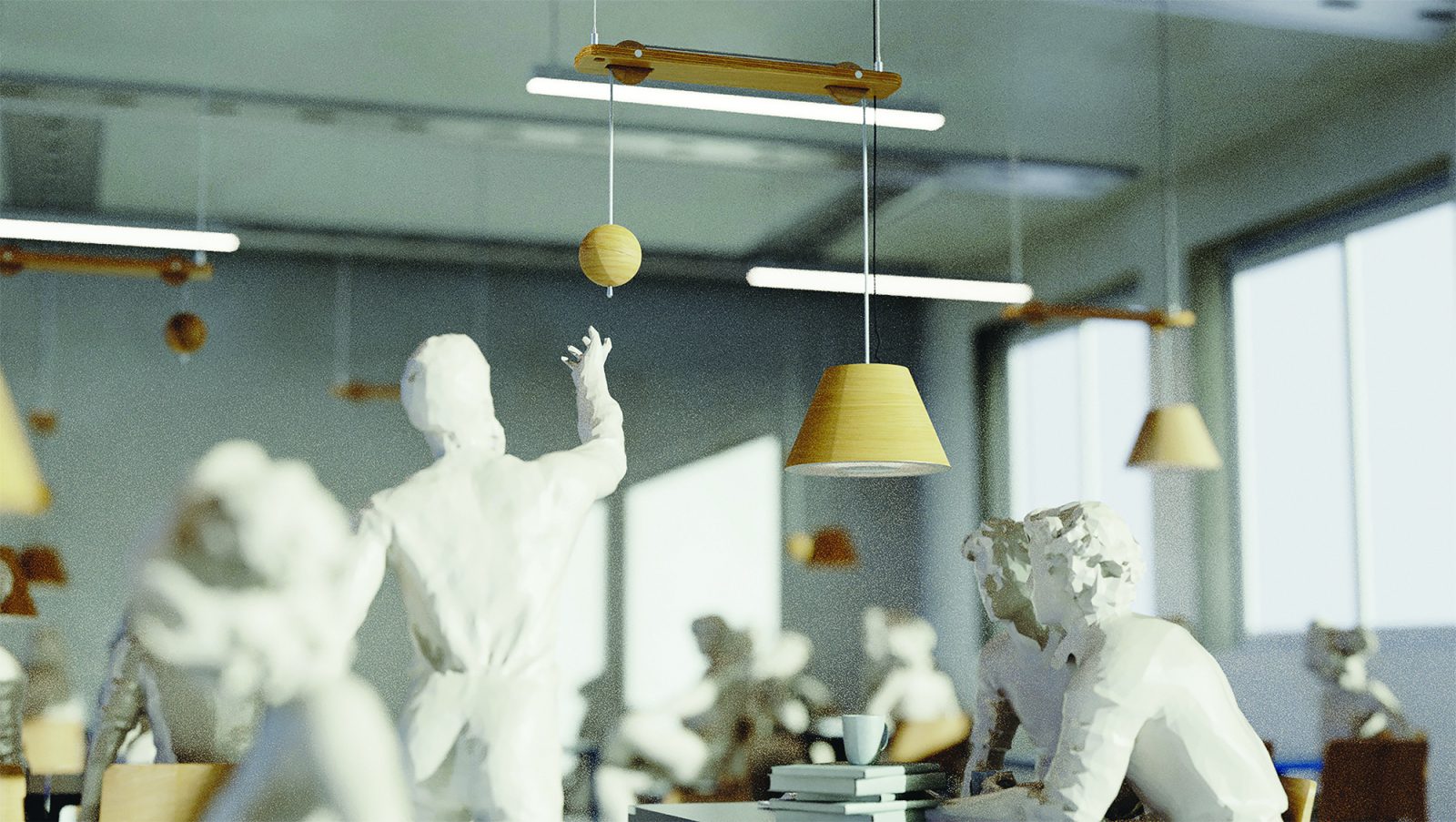
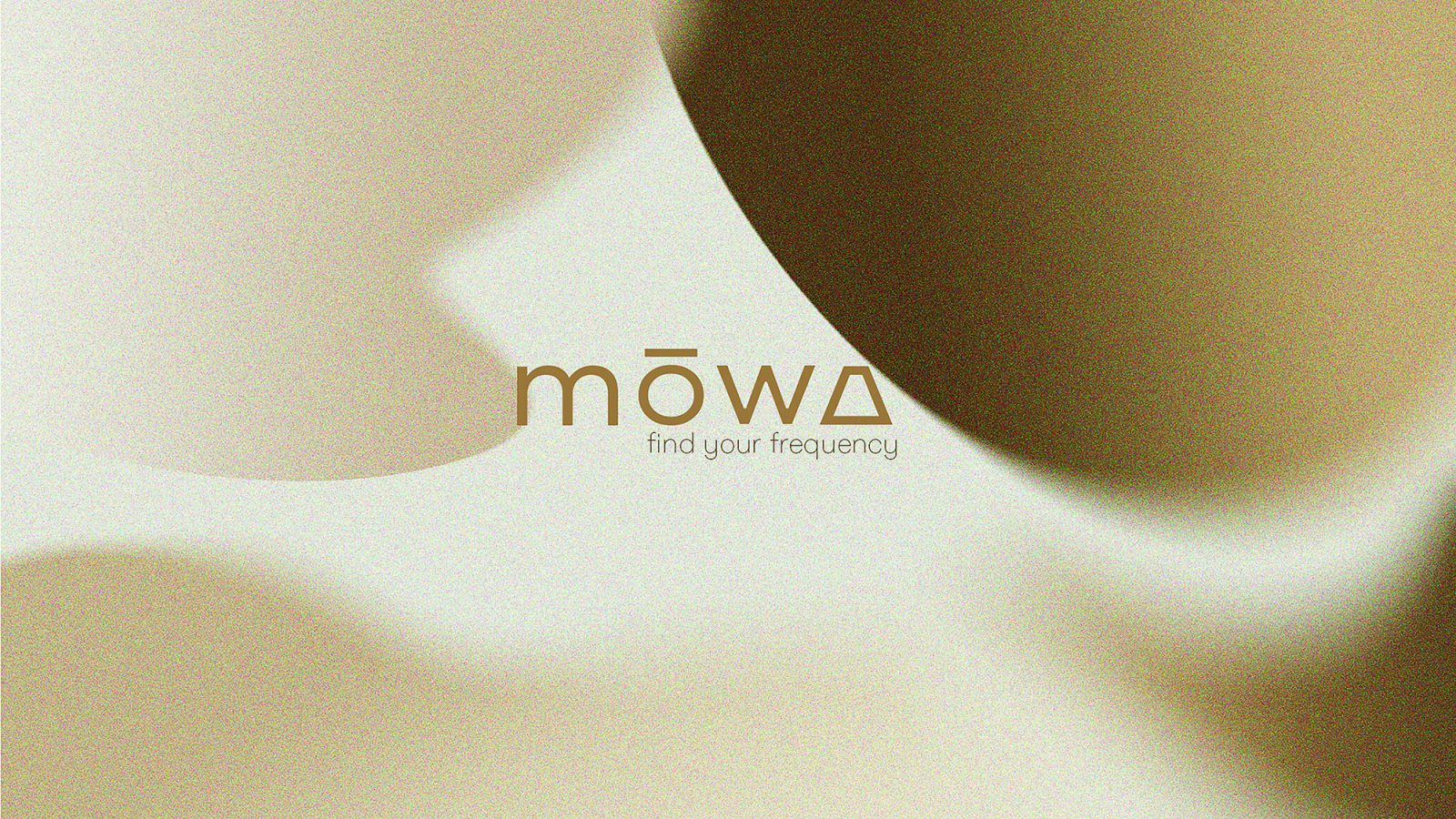
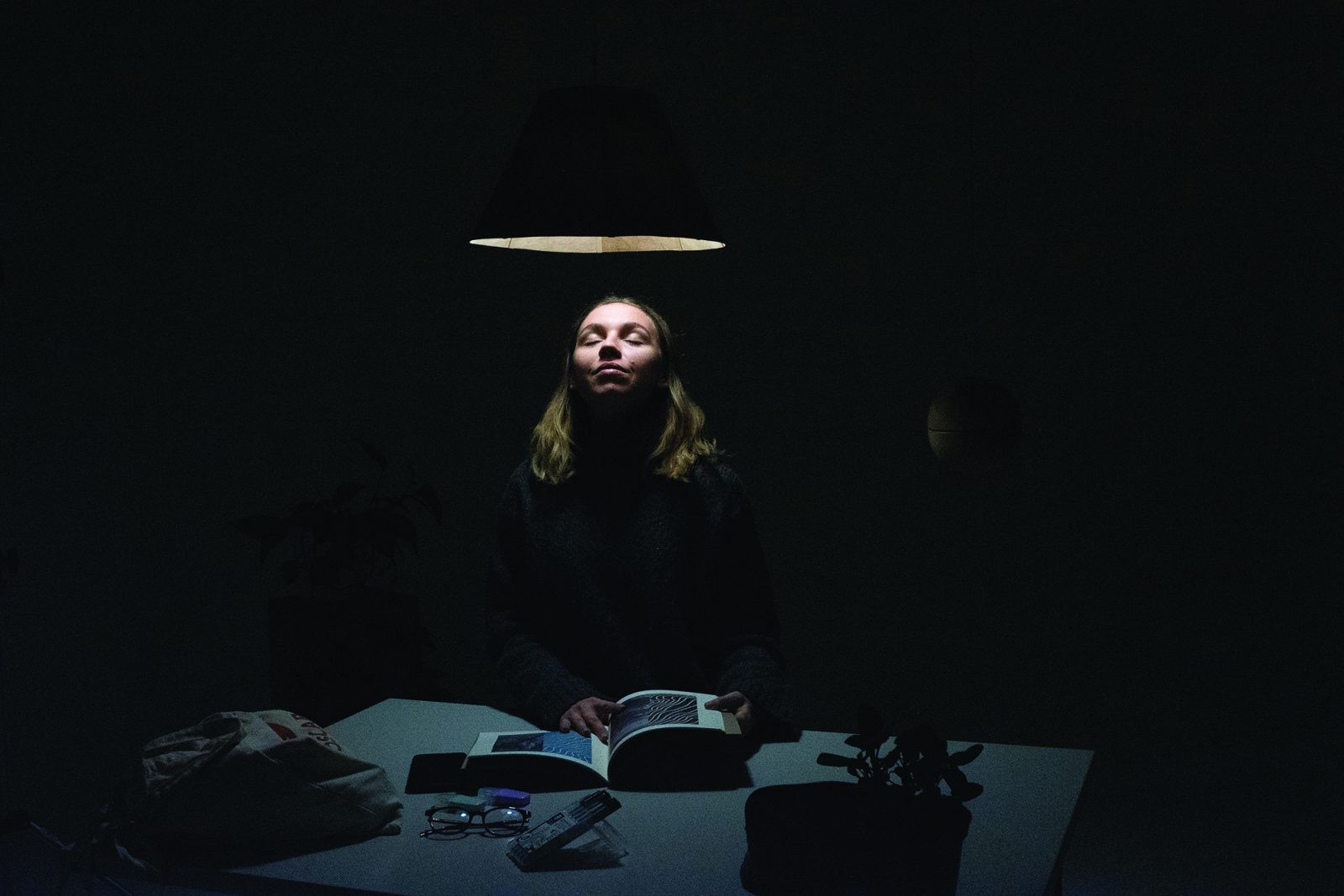
CREDIT
- Agency/Creative: Giovanna Viana Mundstock Freitas , Andrea Camurani , Ceylin Safyürek , Chiara Marsiglia , Daniela Montenegro Gómez , Matteo Sciortino
- Article Title: Mōwa Spatial Design for Workspaces
- Organisation/Entity: Student
- Project Type: Spatial
- Project Status: Non Published
- Agency/Creative Country: Italy
- Agency/Creative City: Milan
- Keywords: WBDS Student Design Awards 2022/23
-
Credits:
Educational Institution: Politecnico di Milano - School of Design - School of Design
Educator's Name: Stefana Maja Broadbent
Educator's Name: Fabio Di Liberto
Educator's Name: Ilkka Jaakko Suppanen
Educator's Name: Valentina Auricchio
Educator's Name: Marta Corubolo











